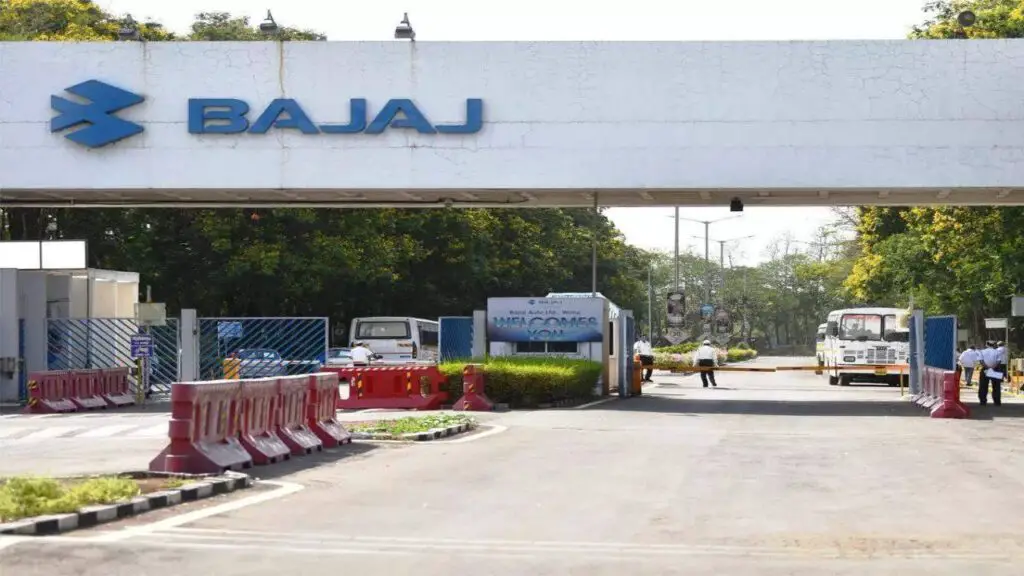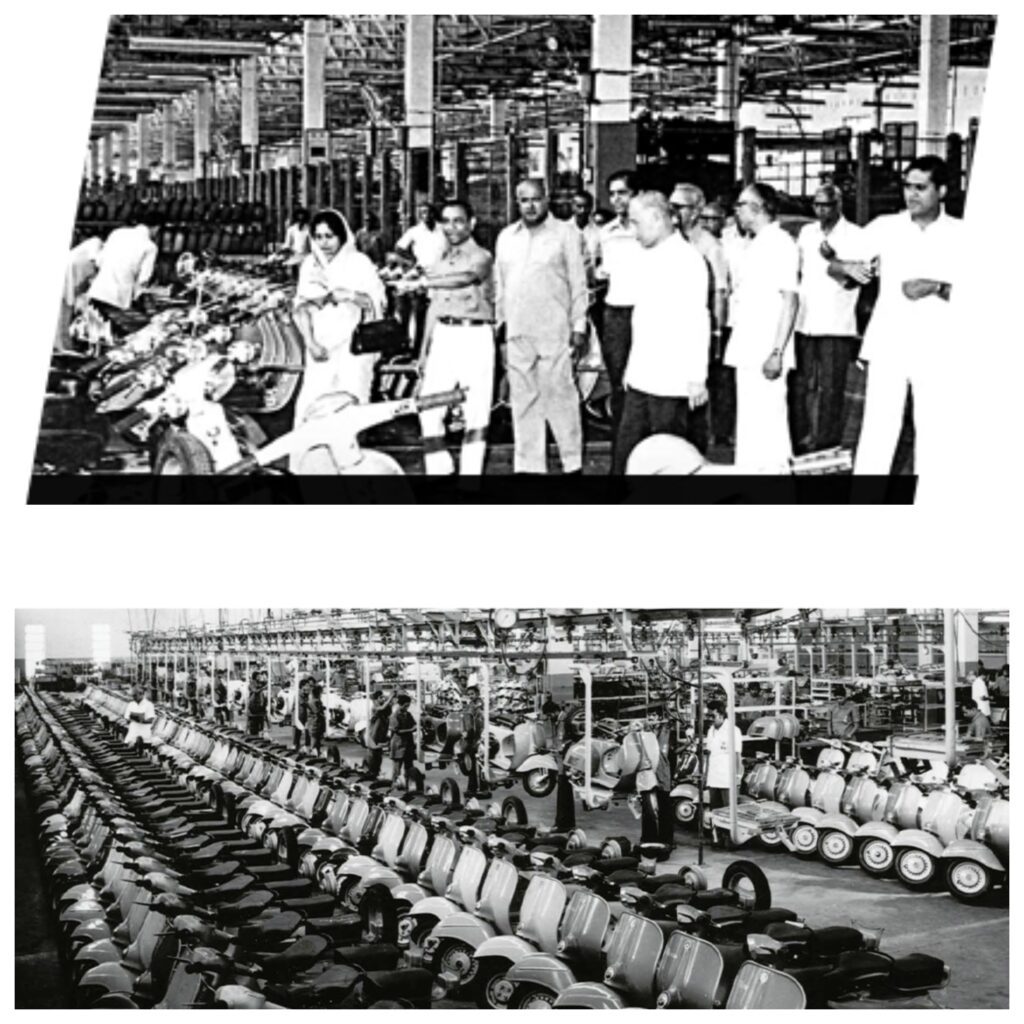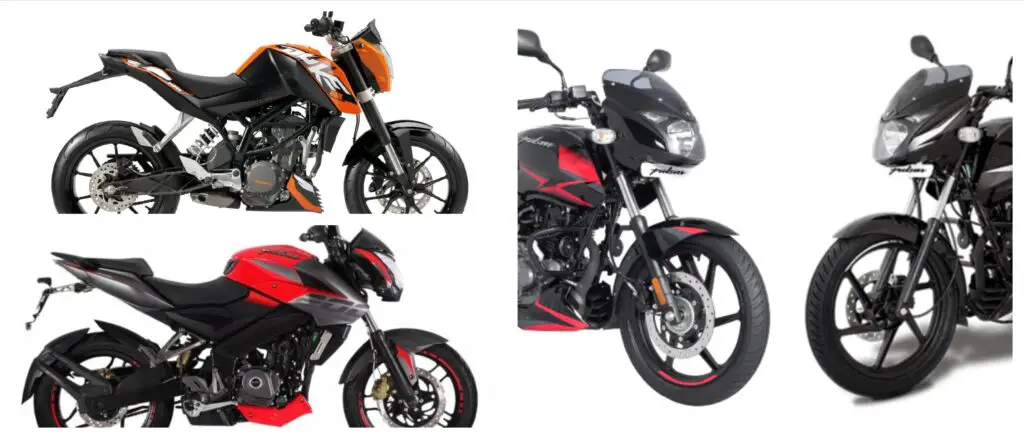
In the world of Indian automotive manufacturing, Bajaj Auto stands as a shining example of success and innovation. With a rich history dating back to 1945, when it started as Bachhraj Trading Corporation Private Limited, Bajaj Auto has grown into one of the leading two-wheeler and three-wheeler manufacturers in the world. This article delves into the company’s journey, from its early days of importing foreign vehicles to its position as a global powerhouse.
Introduction: Inception of Bajaj Auto:
Bajaj Auto’s story begins in 1945 when it was established as Bachhraj Trading Corporation Private Limited. Initially, the company imported two-wheelers and three-wheelers from foreign countries to cater to the growing demand in India. However, their trajectory changed when they secured a contract from the Indian government in 1959 to manufacture vehicles domestically.


The Piaggio Connection:
In order to kickstart their manufacturing operations, Bajaj Auto sought the expertise of an established player in the market. They acquired a license from Italy’s Piaggio in 1959 to produce Vespa scooters in India. This collaboration not only provided Bajaj Auto with the necessary manufacturing know-how but also laid the foundation for their success in the years to come.
The Rise of Bajaj Scooters:
With the manufacturing capabilities gained through the Piaggio partnership, Bajaj Auto became a public limited company in 1960. They started selling a large number of Piaggio Vespa scooters and introduced Piaggio’s goods carrier, a three-wheeler, in India. The 1970s witnessed the launch of the iconic Bajaj scooter named ‘Chetak,’ which became immensely popular across the country.
Technological Partnership with Kawasaki:
The mid-1980s brought a significant turning point for Bajaj Auto when they entered into a technological partnership with Kawasaki. This collaboration allowed Bajaj to leverage Kawasaki’s advanced technology and produce motorcycles based on their expertise. Notable motorcycles launched under this tie-up included the Kawasaki Bajaj Boxer, Caliber, and Eliminator. This partnership enabled Bajaj Auto to expand its product portfolio and cater to a broader market segment.

The Birth of Bajaj’s Own Motorcycle:
By the late 1990s, Bajaj Auto had acquired substantial expertise in research and development, enabling them to develop their own motorcycles without external assistance. In 2001, they launched the Bajaj Pulsar, a game-changer in the Indian motorcycle market. The Pulsar series featured Bajaj’s patented DTSI technology, which enhanced performance and fuel efficiency. The Pulsar motorcycles garnered a strong fan following, with over one million units sold by the mid-2000s.

Collaboration with KTM:
: A Game-Changing Move
In 2008, Bajaj Auto formed a strategic partnership with KTM, an
Austrian motorcycle brand. The collaboration aimed to enhance Bajaj’s motorcycle range and support KTM in overcoming financial challenges. Bajaj initially acquired a 14.5% stake in KTM, which gradually increased to 48%. This tie-up paved the way for the introduction of the first made-in-India compact KTM motorcycles in 2012, including the KTM Duke and KTM RC. The technology shared between Bajaj and KTM influenced the development of Bajaj Auto’s NS series motorcycles.

Impressive Market Value Growth:
Bajaj Auto’s motorcycles proved to be highly profitable, with reports indicating significant earnings per motorcycle sold. They earned INR 7,700 from every Bajaj motorcycle sold and INR 22,000 from every KTM motorcycle sold. These figures surpassed industry standards, contributing to Bajaj remarkable market value growth.
By 2008, Bajaj market value had reached around $5.5 billion, and it further soared to $11 billion by 2012. This exponential growth can be attributed to various factors, including their focus on high-margin products, cost-effective manufacturing processes, and a strong domestic and export market presence.
Dominance in the Export Market:
Bajaj Auto’s success is not limited to the Indian market alone. The company expanded its reach by venturing into the global export market. In 2002, Bajaj Auto commenced its exports, and since then, it has emerged as the largest exporter of two-wheelers and three-wheelers from India. Their vehicles are now sold in nearly 70 countries worldwide, including Colombia, Mexico, Argentina, Guatemala, Peru, Turkey, Bangladesh, Nepal, and Egypt.
The export market accounted for a significant portion of Bajaj Auto’s total sales, with popular models like the Pulsar and Dominar making a mark in South American nations. Additionally, the Bajaj Boxer achieved a monopoly in several African countries. The Bajaj RE, a rear engine three-wheeler, also established a dominant position in developing nations across Africa and Asia, with annual sales of approximately 300,000 units.
Investor Confidence in Bajaj Auto:
Bajaj Auto’s extensive exports and diverse market presence have garnered the trust and confidence of investors. The company’s wide geographical footprint ensures that any challenges in specific countries do not significantly impact its overall financial performance. This stability, coupled with Bajaj Auto’s strong market position and consistent growth, makes it an attractive investment opportunity.
Conclusion:
Bajaj’s Auto’s journey from a trading corporation to a global automotive giant is nothing short of remarkable. Their strategic partnerships, technological advancements, and commitment to delivering high-quality products have played a pivotal role in their success. With a legacy spanning over seven decades, Bajaj’s Auto continues to innovate and captivate the hearts of millions of riders worldwide.






